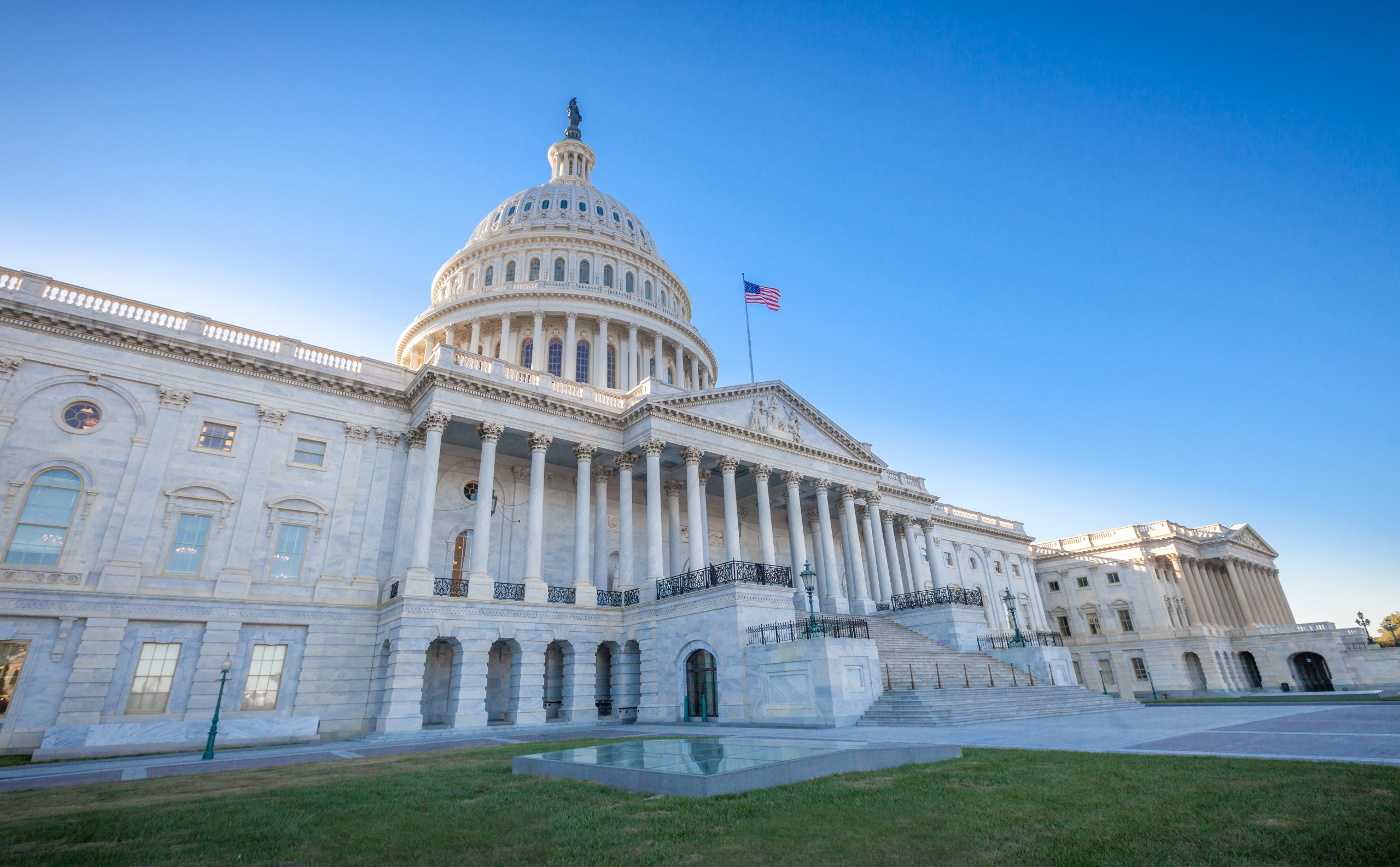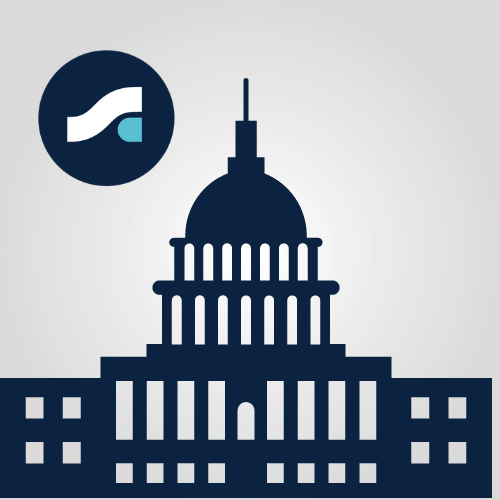Government Affairs and Advocacy
How to Advocate for Policy Change in a Post-Pandemic World
The COVID-19 pandemic fundamentally changed the way we do advocacy as a sector. Gone are the days when nonprofits must organize dozens of flights to Washington, D.C., and navigate hectic lobby days. It’s also no longer necessary to wait weeks or even months for a legislator to return to the district to meet in person. Now, many of these activities can be done virtually with ease and professionalism. In fact, many legislators now prefer virtual meetings because they can talk with more constituents.
Social Current has conducted dozens of virtual meetings with legislators throughout the pandemic. This year, for example, our education advocacy team, made up of network organizations from across the nation, held more than 25 virtual meetings with members of Congress during our policy advocacy week in March. We also hosted meetings with key staffers on the education and appropriations committees in both chambers. Ultimately, this virtual campaign allowed us to build relationships with key decision makers on Capitol Hill and identify members of Congress who support our policy proposals.
As you consider how virtual events can help you achieve your advocacy goals, check out our tips for success below.
For more information, visit our Policy Action Center to download our newly updated toolkits: Social Current Public Policy Toolkit and Social Current Public Policy Toolkit: Media Relations, Events, and Social Media.
Virtual Advocacy Events
Virtual meetings allow organizations and coalitions to harness their collective power by meeting with multiple legislators in one day or week via Zoom, GoToMeeting, or WebEx. Legislators themselves have become used to this medium of communication and connection, and many organizations are taking advantage of it. Follow these steps to plan a successful virtual event.
Planning: 6-8 weeks in advance of the Virtual Advocacy Day:
- Nail down the date(s) of your advocacy day
- Create a centralized, accessible spreadsheet of information
- Decide on your main asks
Scheduling: 4+ weeks in advance:
- Draft scheduling request email with the advocacy day and the key issues you’d like to discuss
- Send invitations well ahead of time
- Identify key stakeholders from your network to participate in the meeting
Preparing: 1 week in advance:
- Schedule a prep session a week before your Advocacy Day to educate meeting participants on best practices for lobbying and advocacy (see the “Making Your Case” Chapter in our toolkit)
- Conduct a dress rehearsal and tech check to test video and screenshare technology and ensure all participants are comfortable with their talking points and other advocacy materials are ready
- Remind legislators and their staff about the scheduled meetings; send briefing packets for them to review beforehand
Executing: During the Meeting
- Meet with the invited legislators (See “Meeting with Your Legislator” and “Meeting with Staff” sections in our toolkit).
- Make sure to talk into the camera, not the screen; turn off notifications; dress professionally; and don’t multitask
- Send thank you email to legislators, answering any remaining questions that may have been raised during the meeting
New Resources for Building Your Advocacy Muscle
Social Current offers two newly updated advocacy toolkits, one with general public policy and advocacy how-tos and another with tips for media relations and social media to support advocacy. Inside, you’ll find sections on creating impact stories, engaging with legislators, developing media relations, hosting special events, and conducting social media outreach. They also contain brand new sections on virtual advocacy, constituent engagement and coalition building.
In addition to downloading the toolkits, connect with us to stay up to date on activity in Washington, take action on key issues, and gain support with your efforts:
- Follow us on Twitter @SoCurrentNews
- Visit our Policy Action Center for the latest action alert
- Reach out to our public policy team for one-on-one support



